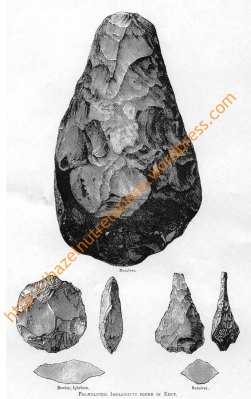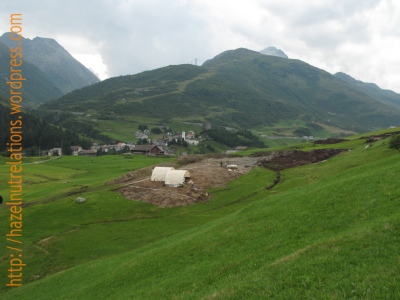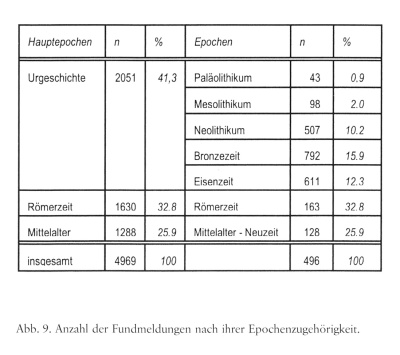The past four wonderful weeks I spend in the Val Tasna, camping at 2200 masl, surveying, documenting and digging sites spread over a number of valleys and dating from the 10th mill BC to the second half of the 20th century. (The second half of the campaign starts august 19th – do contact me if you’d like more info.)
Already in 1976 Clarke suggested that Mesolithic microliths might have been used to process plants material, perhaps as grater boards. Although it is still widely assumed most microliths were used as arrowheads, it has since been established that microliths were used for a variety of functions (e.g. through strong associations with plant remains and use wear analysis). Artefacts like this might show us how.
It is a Tscharesch from the Museum d’Engiadina Bassa, Scuol. It was used for working flax. The metal pins, driven with the blunt side into a decorated wooden board function as a comb which loosen flax fibres. One could just imagine replacing the metal pins with flint Late Mesolithic bladelets or what we often assume to be arrowheads.
Clarke, D. (1976) Mesolithic Europe: the economic basis, in Sieveking, G., Longworth, I., Wilson, K., Problems in Economic and Social Archaeology, p. 449-481, London, Duckworth










